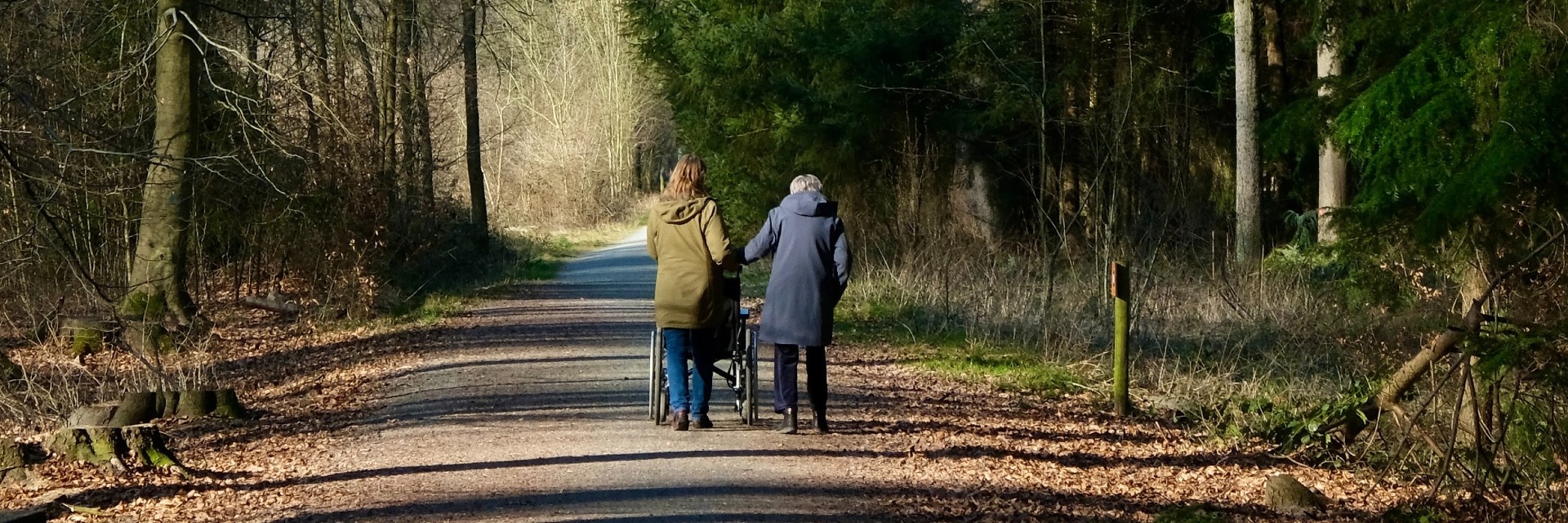Inclusive design for disabled people
Disabled people want greater access to outdoors and green spaces — particularly in the bush, trails and forests, beaches, and waterways.
We want to create more accessible recreation places and spaces across Aotearoa. However, there needs to be more New Zealand-specific guidance available on how to achieve this.
Recreation Aotearoa and the Accessible Outdoors Working Group are developing accessibility standards and advice for providers of tracks and associated infrastructure in the outdoors. They want to make it easy for you to embed accessibility into your mahi.
They plan to release the guidelines in June 2024. There will be an opportunity for the trail network to contribute to developing the guidelines shortly. You can tell them what information will be the most useful when creating more accessible outdoor spaces.
In the meantime, if there is any information or things you would like the group to consider when developing the guidelines, please email Katie at Recreation Aotearoa.
Considerations and opportunities
We are beginning to see examples of improved trail accessibility and the impact this has on our communities. These measures include trail rebuilds, modified gate designs and signage.
Inclusive design
The concept of inclusive design must be at the forefront of trail design. Traditionally, we have built trails and then applied a grade that doesn’t always fit. Hence we often need to build in detours, work-arounds, barriers to avoid inappropriate use and accessible structures. We should be building trails to grade.
Trail grading is at the centre of every trail build, and most people pick what works or what is prescribed for them. For more advice, please contact Katie at Recreation Aotearoa.
Barriers and gate designs
Possibly the biggest priority is — do you need a barrier? If yes, to exclude who, and why. Once you have your trail, audit it with an inclusive lens and make sure users know where the problems can occur.
We aim to develop a decision-making matrix for building trail barriers. We are preparing a survey to understand the current barriers and gates better out there — your contribution to this would be hugely beneficial to support the development of the decision-making matrix. Watch this space.
Other resources
Until we have a nationally accepted guide, please reach out to others in this network for advice in the first instance.
Many knowledgeable and experienced people are involved in developing these guidelines who can offer you advice in your journey toward greater accessibility.
Specifically, we have experts in adaptive mountain biking, local government-owned trail development, accessible outdoors tourism, people working on the accessibility of the Great Rides, connections with regional access advisors, and national disability support organisations.
Resources on adaptive design
The guidelines and resources below will not be relevant to every proposal for a new recreational trail. But you can select what you need from this pre-existing information rather than starting from nothing. They provide pointers to other sources of information rather than trying to encompass all existing material relating to the planning, development and management of recreational trails.
- Recreation Aotearoa Mountain Biking Guidelines
- The Kootenay Adaptive Standards (PDF) These have been embedded within the latest Recreation Aotearoa Mountain Biking Guidelines alongside the traditional grading system. KASA provides greater detail on adaptive mountain biking and design
- NZCT Design Guide
- The Great Outdoors, a guide for accessibility — Irish Wheelchair Association (PDF)
- American Trails This trail accessibility hub includes webinars, resources and examples of greater trail accessibility.
- Guidelines for the Planning, Design, Construction and Maintenance of Recreational Trails in South Australia (PDF) One of our hui members passed on the South Australian guidance on trail building. This may be useful to other trail builders, but they should be aware that this advice may not be compatible with DOC guidance. More resources from South Australia
Note, please consider our New Zealand context when reviewing these international guidelines.
Each track-building group is different — you may wish to talk with your Regional Field Advisor, so you get up-to-date advice and knowledge.

